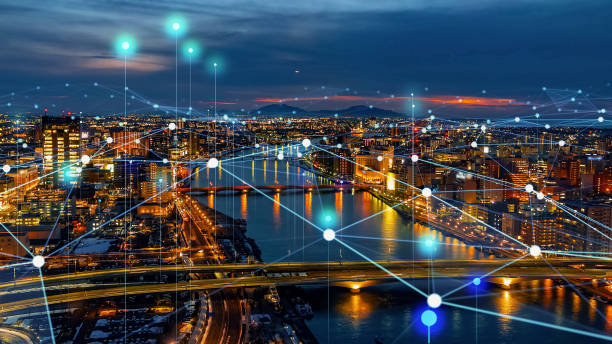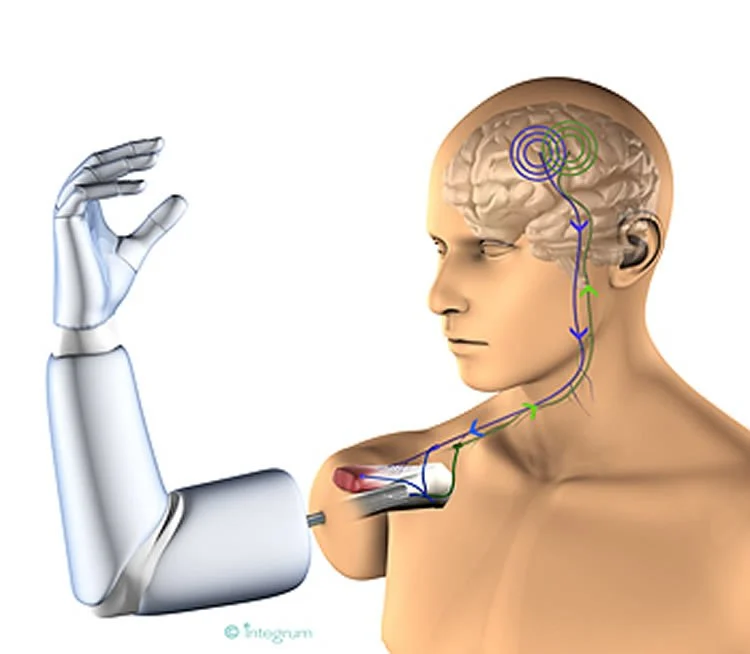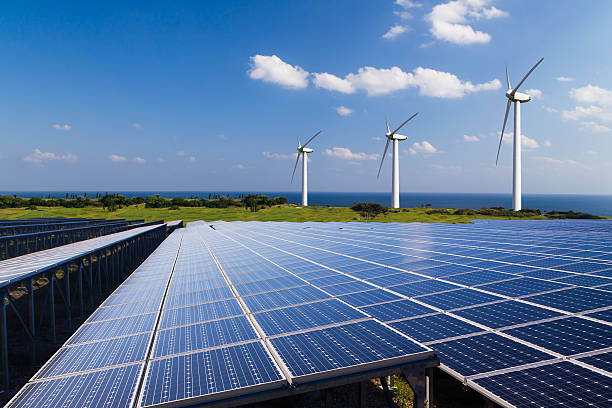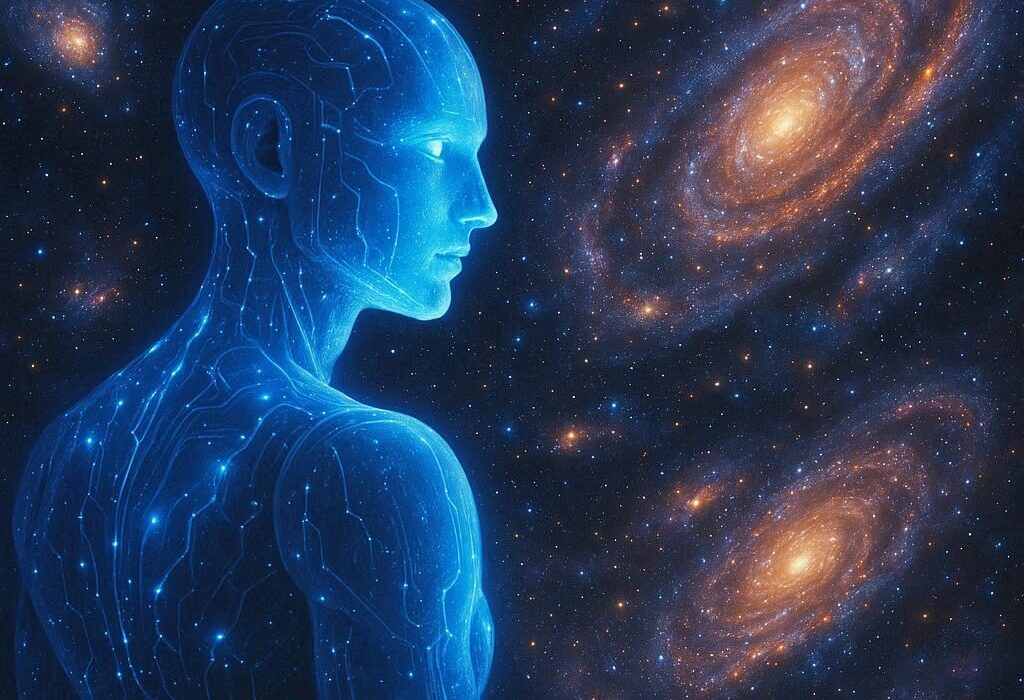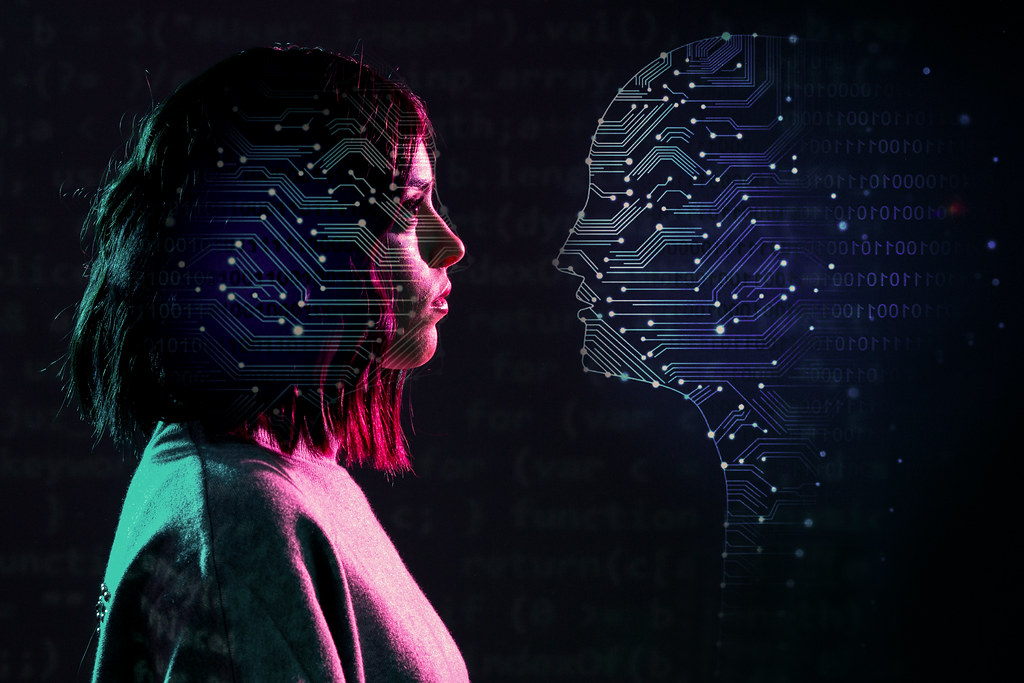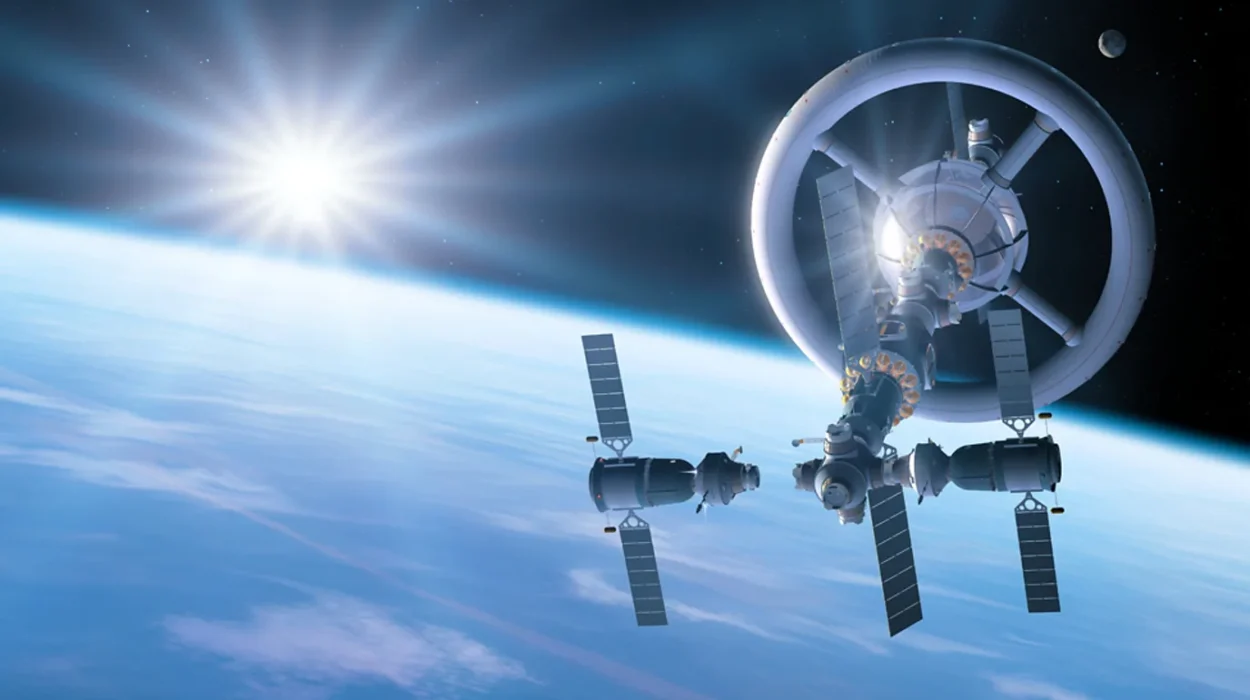In the twenty-first century, humanity stands at the threshold of an unprecedented transformation. Cities, the beating hearts of civilization, are evolving into intelligent, responsive, and sustainable organisms that will shape the way billions of people live, work, and dream. These emerging smart cities are more than just clusters of skyscrapers wired with sensors; they are dynamic ecosystems where technology and humanity intertwine to create environments that respond to human needs with astonishing precision.
The story of smart cities is not just about machines or infrastructure. It is about the future of community, identity, and the human spirit. It is about how technology, if harnessed wisely, can turn chaos into harmony and elevate the quality of life for everyone. To understand why the future of smart cities will be so astonishing, we must first appreciate the forces driving this transformation: rapid urbanization, climate change, and the boundless innovation of digital technologies.
The Pressures of Urbanization
By 2050, nearly seventy percent of the world’s population will reside in cities. This mass migration is already reshaping geography, politics, and culture. The pressure on existing infrastructure—transportation, housing, energy, and water systems—threatens to overwhelm even the most developed regions. Without innovation, cities could collapse under the weight of congestion, pollution, and inequality.
But within this challenge lies opportunity. Cities are engines of creativity and collaboration, where diverse populations converge and drive innovation forward. The same density that creates urban problems can, with the right tools, become the foundation for solutions. Smart cities promise to harness data, connectivity, and artificial intelligence to turn complexity into resilience. They offer the possibility that urban growth need not mean decline in quality of life, but instead the flowering of a new era of prosperity and sustainability.
The Nervous System of a City
Imagine walking through a city where traffic lights adapt to real-time congestion, where buses and trains synchronize perfectly with passenger demand, and where waste disappears into underground pneumatic tubes for recycling and energy recovery. Imagine streets that light up only when pedestrians approach, conserving energy while ensuring safety, and buildings that adjust temperature and lighting automatically to minimize carbon footprints.
At the heart of these transformations is the concept of the city as a living organism, with sensors as its nerves, data centers as its brain, and communication networks as its circulatory system. Every streetlight, bridge, and rooftop becomes a node in a vast web of intelligence. Artificial intelligence, processing this torrent of data, anticipates problems before they occur—predicting power outages, preventing accidents, and ensuring resources are distributed where they are most needed.
This nervous system extends beyond technology. It includes the residents themselves, whose smartphones, wearables, and digital footprints become part of the feedback loop. In future smart cities, governance will be interactive: citizens will not merely live in the city but participate actively in its management. Apps will allow residents to vote on neighborhood policies, report issues in real time, and even co-create urban designs through augmented reality interfaces.
Energy at the Heart of Sustainability
The lifeblood of any city is energy, and smart cities of the future will revolutionize how energy is generated, stored, and consumed. Fossil fuels, with their heavy toll on the environment, are being phased out in favor of renewable sources such as solar, wind, and even tidal power. But the breakthrough will come not simply from generation but from integration.
Future urban environments will run on distributed energy grids where every building, every vehicle, and even every household appliance contributes to the balance. Rooftops will no longer be idle spaces but solar farms feeding power back into the grid. Electric vehicles will not merely consume energy but serve as mobile storage units, charging during the day and releasing energy back at night. Artificial intelligence will constantly adjust supply and demand, ensuring that no watt is wasted.
Moreover, the shift toward green hydrogen and next-generation batteries will give cities unprecedented resilience. No longer dependent on vulnerable centralized grids, urban communities will function like self-sustaining organisms, capable of adapting to disruptions. In the face of climate change and natural disasters, such resilience will be nothing short of lifesaving.
The Revolution in Urban Mobility
Perhaps the most visible change in the cities of the future will be how we move. Traffic jams, honking horns, and smog-choked streets are the symbols of today’s urban misery. Tomorrow’s smart cities promise a different reality—seamless, quiet, and astonishingly efficient.
Autonomous vehicles will glide through streets in orchestrated harmony, communicating with one another to avoid collisions and eliminate the stop-and-go inefficiencies of human drivers. Shared fleets of self-driving cars will replace private ownership, freeing up vast amounts of urban space currently wasted on parking lots. Above ground, aerial taxis—small electric aircraft—will shorten commutes that once took hours into minutes, while underground hyperloop systems may whisk passengers between cities at near-supersonic speeds.
Public transport will no longer be a compromise but the pinnacle of convenience. AI-driven buses and trains will adjust routes dynamically based on passenger demand, ensuring that no one waits unnecessarily. Payment systems will be invisible, integrated seamlessly into digital identities, eliminating the barriers between different modes of transport. For pedestrians and cyclists, smart pathways will ensure safety through real-time monitoring and adaptive traffic management. The city itself will become a symphony of movement, choreographed for efficiency and elegance.
Architecture Alive with Intelligence
Buildings, once inert monuments of stone and steel, will evolve into intelligent entities that breathe, adapt, and even communicate. The skyscrapers of the future will not simply house people but respond to their needs. Facades will adjust transparency to control light and heat, windows will generate electricity, and interiors will optimize air quality through continuous monitoring.
Artificial intelligence will allow buildings to anticipate the rhythms of daily life. Apartments will learn the preferences of their occupants, adjusting lighting, climate, and even acoustics to create personalized comfort while minimizing waste. Offices will reconfigure themselves based on the number of employees present, while hospitals will track patients’ vital signs and distribute resources in real time.
Perhaps most transformative will be the role of architecture in health and well-being. Green walls and urban forests will be integrated into buildings, purifying air and creating restorative environments. The boundary between indoor and outdoor will blur as cities embrace biophilic design, recognizing that human beings flourish when they remain connected to nature.
Data, Privacy, and the Human Dilemma
Yet beneath the dazzling promises of smart cities lies a profound tension: the question of data and privacy. To function, these cities must collect unimaginable amounts of information—about where people travel, what they consume, how they behave, and even how they feel. The same sensors that enable efficiency can also enable surveillance.
The future of smart cities will depend on how societies navigate this dilemma. Will citizens become transparent subjects of digital governance, or empowered participants in a fair and democratic data economy? The answer will shape not only the success of smart cities but the very meaning of freedom in the digital age.
Technologists argue that blockchain and encryption can ensure privacy while enabling data sharing. Others suggest that cities must enshrine digital rights alongside traditional human rights, creating charters that guarantee autonomy in an era of pervasive connectivity. What is certain is that the ethical dimension of smart cities will be as important as the technological.
Resilience in the Age of Climate Change
Climate change is no longer a distant threat but a present reality, and cities are on the front lines. Rising seas, scorching heatwaves, and unpredictable storms threaten the very survival of urban life. Smart cities of the future will not merely adapt but actively combat these challenges.
Coastal metropolises may deploy floating districts, designed to rise with sea levels. Streets will double as flood channels, redirecting excess water into reservoirs that feed urban farms. Heat-absorbing materials will give way to reflective surfaces and green canopies, reducing the urban heat island effect. Artificial intelligence will forecast extreme weather with uncanny accuracy, enabling cities to evacuate residents or reinforce infrastructure before disaster strikes.
More profoundly, the ethos of smart cities will embrace sustainability not as an afterthought but as a core principle. Circular economies will replace the wasteful linear model of consumption. Everything, from packaging to clothing, will be designed for reuse or recycling, and urban industries will mimic natural ecosystems, where nothing is wasted, and everything is repurposed.
The Social Dimension of Intelligence
Technology alone cannot make a city truly smart. The future of urban life will hinge on how these innovations enhance human connection and equity. For too long, cities have mirrored and amplified social inequalities, dividing populations into enclaves of privilege and pockets of neglect. Smart cities must reverse this trend.
Digital platforms will enable participatory governance, where citizens directly shape policies and resource allocation. Education will no longer be confined to classrooms but embedded in the fabric of the city, accessible through augmented reality and virtual tutors available on every device. Healthcare will become proactive, with wearable technologies detecting illness before symptoms appear, ensuring that treatment is both timely and universal.
Smart cities, if designed with justice at their core, can become the greatest equalizers in history, dismantling barriers of class, geography, and even disability. Accessibility will be woven into infrastructure, empowering those who have long been excluded. In this vision, intelligence is not just about efficiency but about humanity.
The City as an Experience
The cities of tomorrow will not only function efficiently—they will enchant. Urban life will be transformed into a continuous experience of beauty, wonder, and meaning. Digital art projected on building facades will shift with seasons and festivals. Parks will respond to visitors with soundscapes and light, transforming a stroll into a multisensory journey. Museums and monuments will come alive through augmented reality, allowing history to unfold before one’s eyes.
Cultural identity will flourish in these spaces. Far from erasing tradition, smart cities will weave heritage into their digital fabric. Ancient streets may be preserved but enhanced with invisible layers of connectivity, allowing citizens to inhabit both past and future at once. Urban life will become not merely a necessity but a canvas of human expression.
The Challenges of Tomorrow
As extraordinary as the vision of smart cities may be, challenges remain daunting. Building such environments requires colossal investment, technological expertise, and political will. Many developing nations risk being left behind, creating a new digital divide. Even in wealthy societies, questions of governance, ethics, and inclusivity remain unresolved.
There will be failures, cities that collapse under the weight of overambition, or projects that prioritize spectacle over substance. Cybersecurity will be an ever-present threat, for in a city where everything is connected, a single vulnerability can unleash chaos. Yet history shows that human ingenuity thrives under pressure, and the challenges of smart cities may well drive the next wave of breakthroughs.
A Future That Belongs to Us All
The future of smart cities is not a distant fantasy but a rapidly unfolding reality. Across the globe, from Singapore to Barcelona, from Dubai to Copenhagen, prototypes of tomorrow’s cities are already taking shape. They are laboratories of innovation, where technologies are tested, refined, and integrated into the fabric of everyday life.
But the destiny of smart cities cannot be left solely to engineers or politicians. It belongs to everyone who will call these places home. Citizens must demand not only efficiency but equity, not only intelligence but wisdom. The city of the future will be a reflection of the values we choose today—whether we prioritize surveillance or freedom, profit or sustainability, spectacle or community.
The Human Spirit in the City of Tomorrow
Ultimately, what will make the smart cities of the future so mind-blowing is not the technology itself but what it enables: a reimagining of what it means to live together as human beings. In these cities, the boundaries between self and community, between individual and environment, will blur. People will live in harmony with machines, with nature, and with one another, guided by a vision of resilience, beauty, and shared prosperity.
Albert Einstein once wrote that imagination is more important than knowledge, for knowledge tells us what is, while imagination tells us what could be. The imagination of humanity is now being built into the very structures of our cities. Skyscrapers will hum with intelligence, streets will sing with movement, and communities will pulse with life in ways that defy belief.
The future of smart cities will indeed blow your mind—not because it is a triumph of technology alone, but because it is a triumph of the human spirit. These cities will not merely house us. They will inspire us, challenge us, and remind us that the destiny of civilization is to create environments worthy of our highest dreams.
